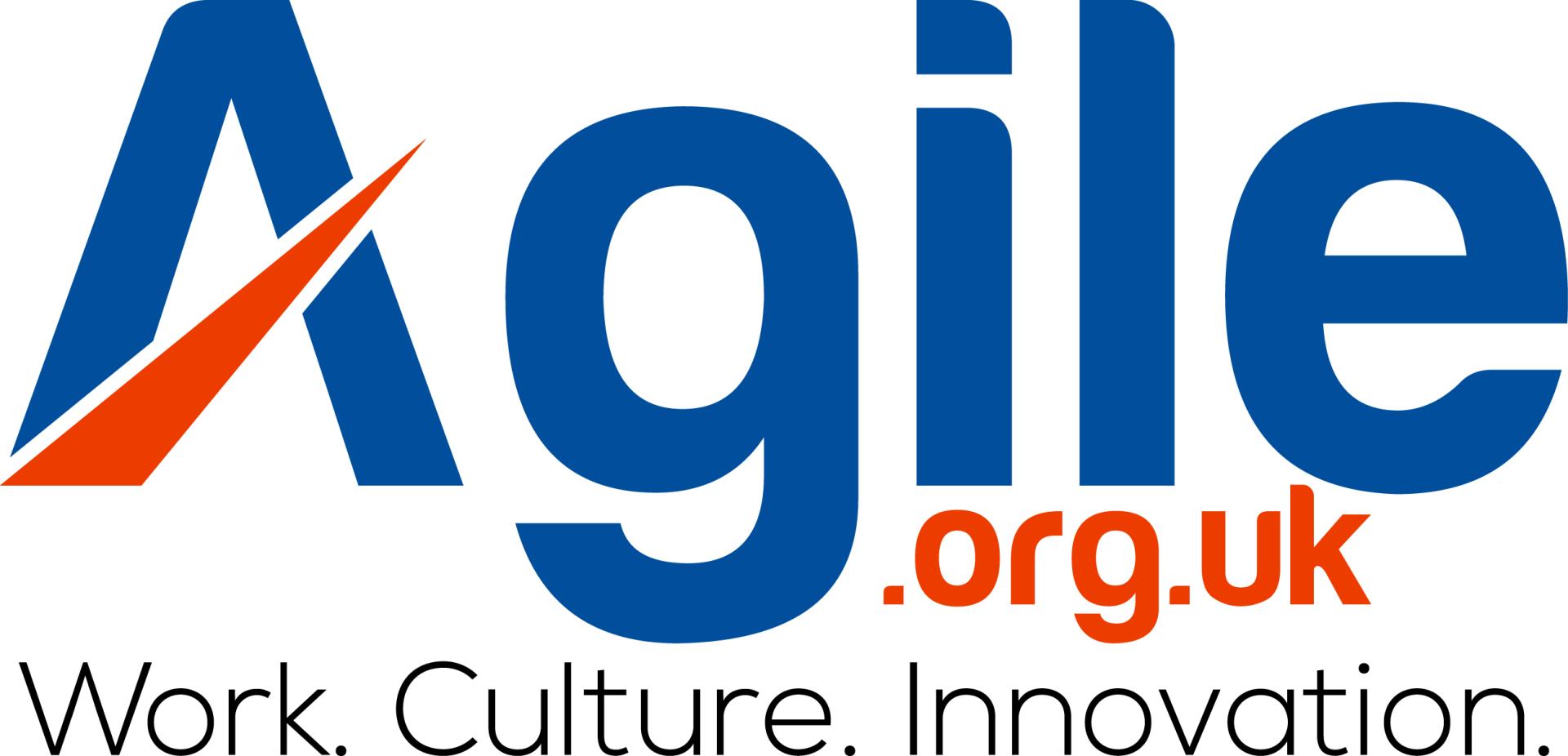Although agile work is not a new concept, it is just emerging as a mainstream strategy for improving efficiency and workflow. The interesting thing about agile work is that it can be implemented even in highly structured environments. It can be paired with things like workplace safety to completely revolutionise how people do the work they do.
Granted, it can be more difficult to implement an agile work environment in certain industries for which strict guidelines and standards govern workplace safety. But difficult does not mean impossible. Agility and safety can be combined in a complementary way.
We already see it in the technology realm. As wearable technology is transforming workplace safety, it is also making it possible to introduce agility in highly structured environments.
More About the Agility Concept
Organisations have struggled for years to come up with a concrete definition of agile work. This is not necessarily a bad thing. Agile work is not prescriptive in nature. That is why it defies a concrete definition. And yet, people who understand the concept recognise agile work when they see it.
The best way to understand agile work is to imagine a scenario in which workers are bound to certain standards for completing a task while not being bound to restrictive rules governing how they do it. Take something as simple as a barista making a cup of coffee.
Company standards dictate what the coffee should look, taste, and feel like when it is ultimately served. It also needs to have the right ingredients and be presented in the right way. The agility concept gives the barista maximum flexibility to achieve the perfect cup of coffee through the most efficient and appropriate means. Those means may change throughout the day based on circumstances.
Agility never looks to eliminate task standards. Work needs to be done according to standard so that quality can be maintained. But agility recognises that there may be multiple ways to achieve that standard at any given time. Workers have the flexibility to meet the standards in the best way possible.
The Challenge With Workplace Safety
Agile work can be difficult to imagine in certain types of environments because of workplace safety regulations. Take working at height. In the UK, at-height safety rules are very real. A person working on a scaffolding towering over the streets of London must be tethered to that scaffolding with a safety line. Tethering is non-negotiable.
Being tethered could limit how that person does their job. But are there ways to be flexible without violating the tethering mandate? Certainly. Even with tethering as part of the equation, there are probably multiple ways for the worker to complete their tasks at height. Should that worker be constrained by a rigid set of procedures that don’t offer them the flexibility to adapt to current circumstances?
Workplace safety regulations govern everything from warehouses to manufacturing plants and construction sites. Even certain office environments are subject to safety regulations. This is good because workplace safety should always be a priority. But it doesn’t have to hinder workplace agility. The two can be complementary.
Maintaining an Open Mind Is Key
So, how do you make agile work a reality in an environment with highly restrictive safety protocols? The key is to have an open mind. Unfortunately, keeping an open mind is often easier said than done because of the rigid mindset with which people approach safety regulations.
There is a tendency to develop rigid task procedures based solely on safety requirements. The more rigid the procedures are, the more myopic a worker’s vision becomes. This reduces the likelihood that a worker will find a better or more efficient way to do things. Instead, they get stuck in the rut of a restrictive procedure that allows for very little flexibility.
On the other hand, keeping an open mind facilitates new ideas. It opens the door to new ways of doing things that could be more efficient, more productive, or even safer.
Squelching Innovation Isn’t the Goal
Workplace safety has its critics who insist that excessive regulation squelches innovation. That may be true to some extent, but squelching innovation has never been the goal. Workplace safety is about making sure workers are not injured or made ill on-the-job. It is an honourable goal and one well worth pursuing.
Still, the pursuit of workplace safety doesn’t have to squash innovation. When it does, it is generally not hard to figure out why. Most cases result from organisations responding to safety regulations with unnecessarily rigid procedures.
Agile work is an emerging trend across a variety of industries, both in the UK and around the world. It is a good trend inasmuch as it gives workers the freedom to be the best they can be. The best part of all is that agile work does not have to be practised separately from workplace safety. The two actually work well together.













